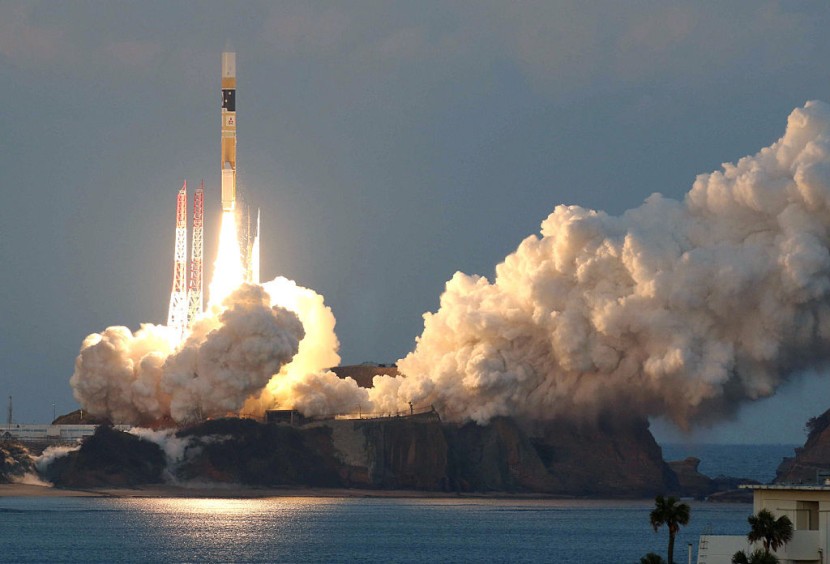
On January 20, Japan attempted its first lunar mission. Although the Japanese moon explorer survived the 238,000-mile trip, it didn't quite stick the landing. As a result, the craft's solar panels were arranged in a manner in which they were unable to gather sunlight, key for generating power.
After nine days of lunar darkness, the Japan Aerospace Exploration Agency (JAXA) recently announced that this tremendous endeavor was not in vain as they had established communication with the probe Sunday night.
The craft immediately resumed its mission, taking photos of the Moon's surface and transmitting them back to Earth. The landing, caused by a last-minute engine failure, resulted in the Smart Lander for Investigating Moon (SLIM) landing at an odd angle.
What Happened To JAXA?
JAXA survived on battery power to gather as much data as possible about its landing trajectory and immediate surroundings before the craft was turned off to await the sun's rising in the lunar sky in late January. JAXA explained that SLIM was working perfectly up until the final phases of the probe's landing burn when one of its two engines shut down or fell off.
The SLIM started analyzing the composition of rocks on the lunar surface with its spectral camera, giving hints at the Moon's origin and evolution, the Associated Press reported.
The current scientific consensus is that the Moon formed in the aftermath of another planet striking the primordial Earth.
Each of the rocks that the SLIM has observed thus far has been named after dog breeds. The craft has enough sun to continue operations for several more Earth days. A lunar night is 14 days on Earth.
The Japan Aerospace Exploration Agency fears that the SLIM will not work after another lunar night in the severe cold. The craft reportedly landed 60 yards away from its target area, between two craters in a region covered by volcanic rock.
The craft was reportedly carrying two autonomous probes that were released before landing. The lunar landing made Japan only the world's fifth country to successfully land on the lunar surface. The United States, the Soviet Union, China, and India are the others.








